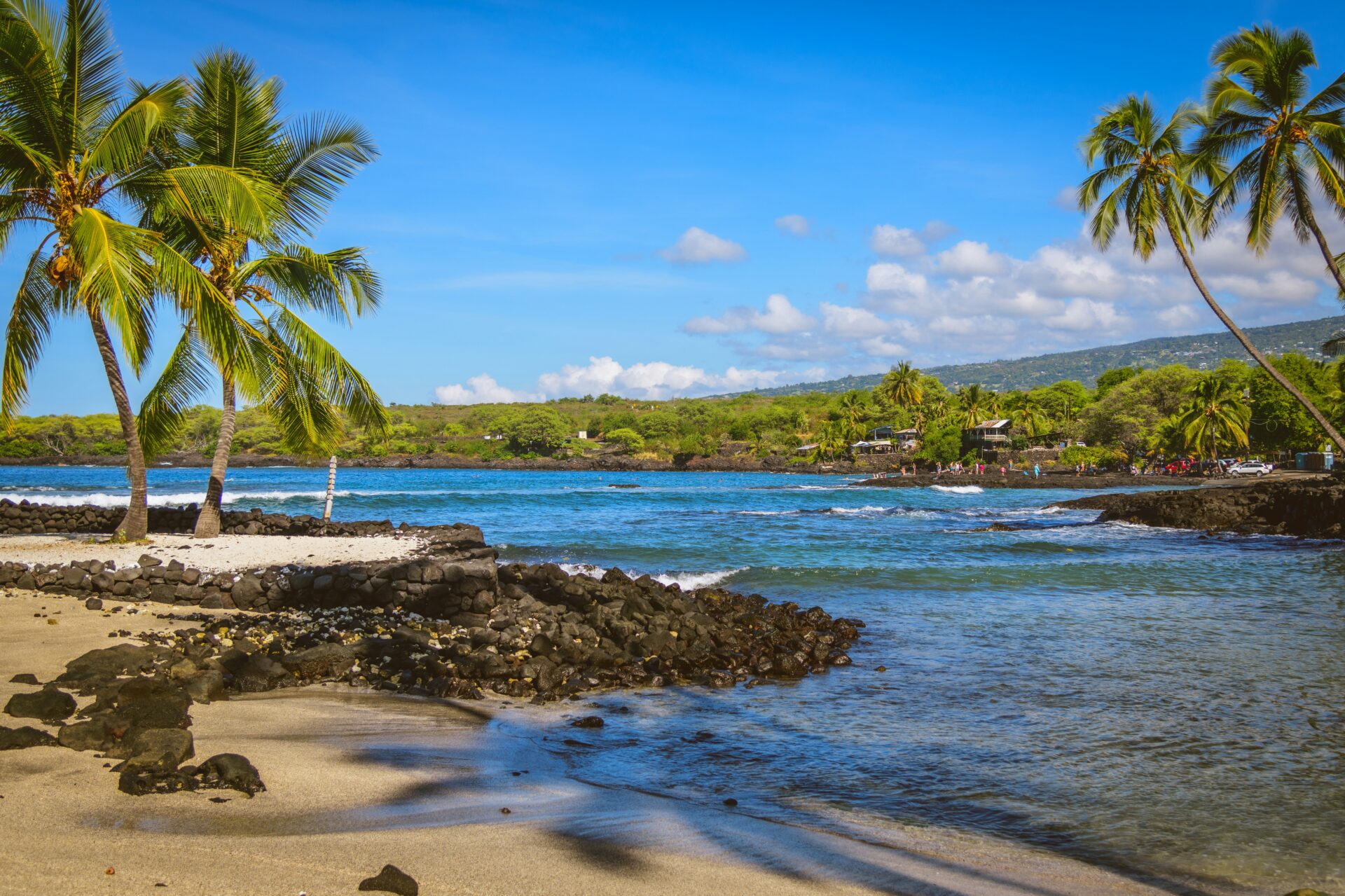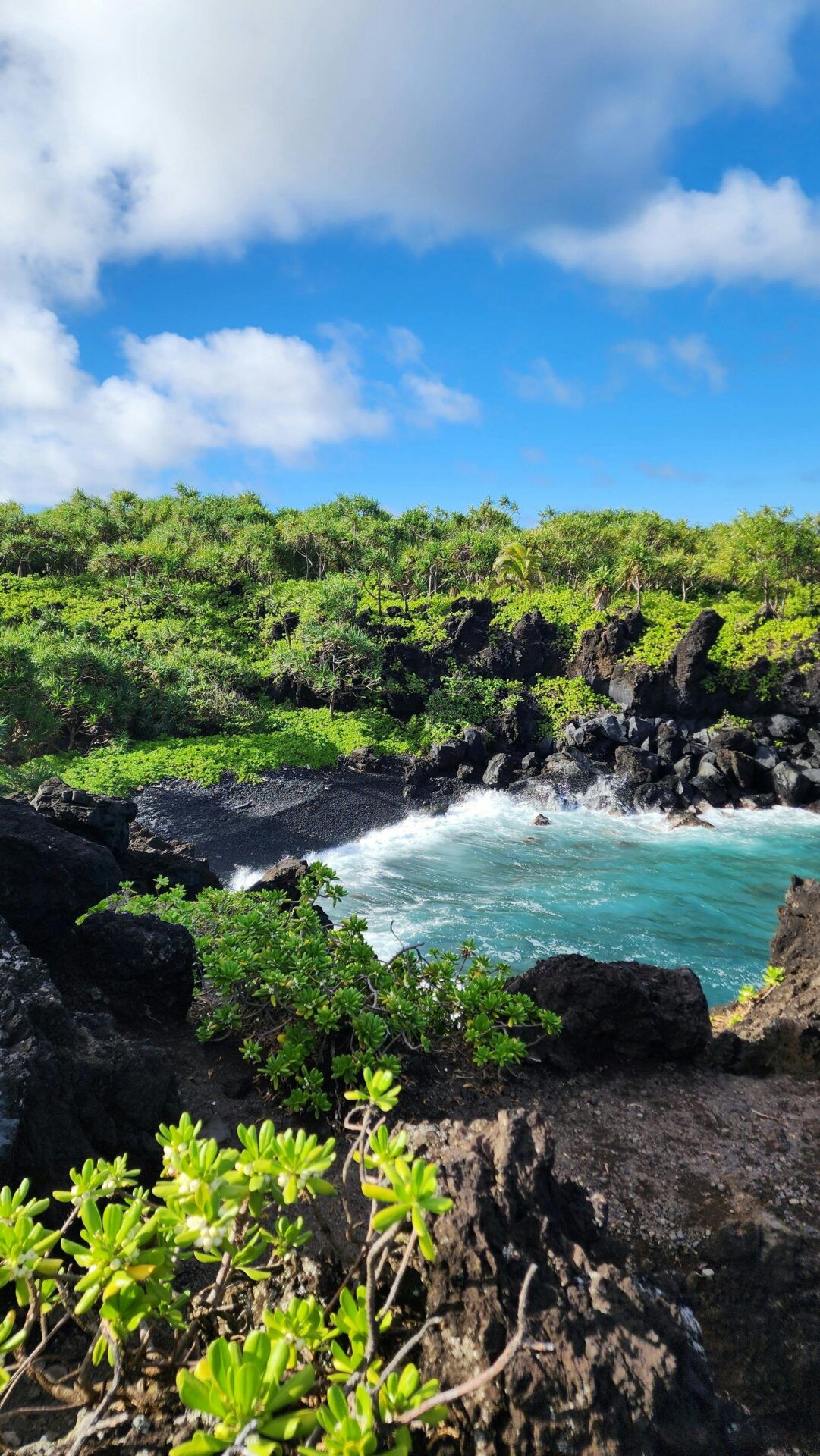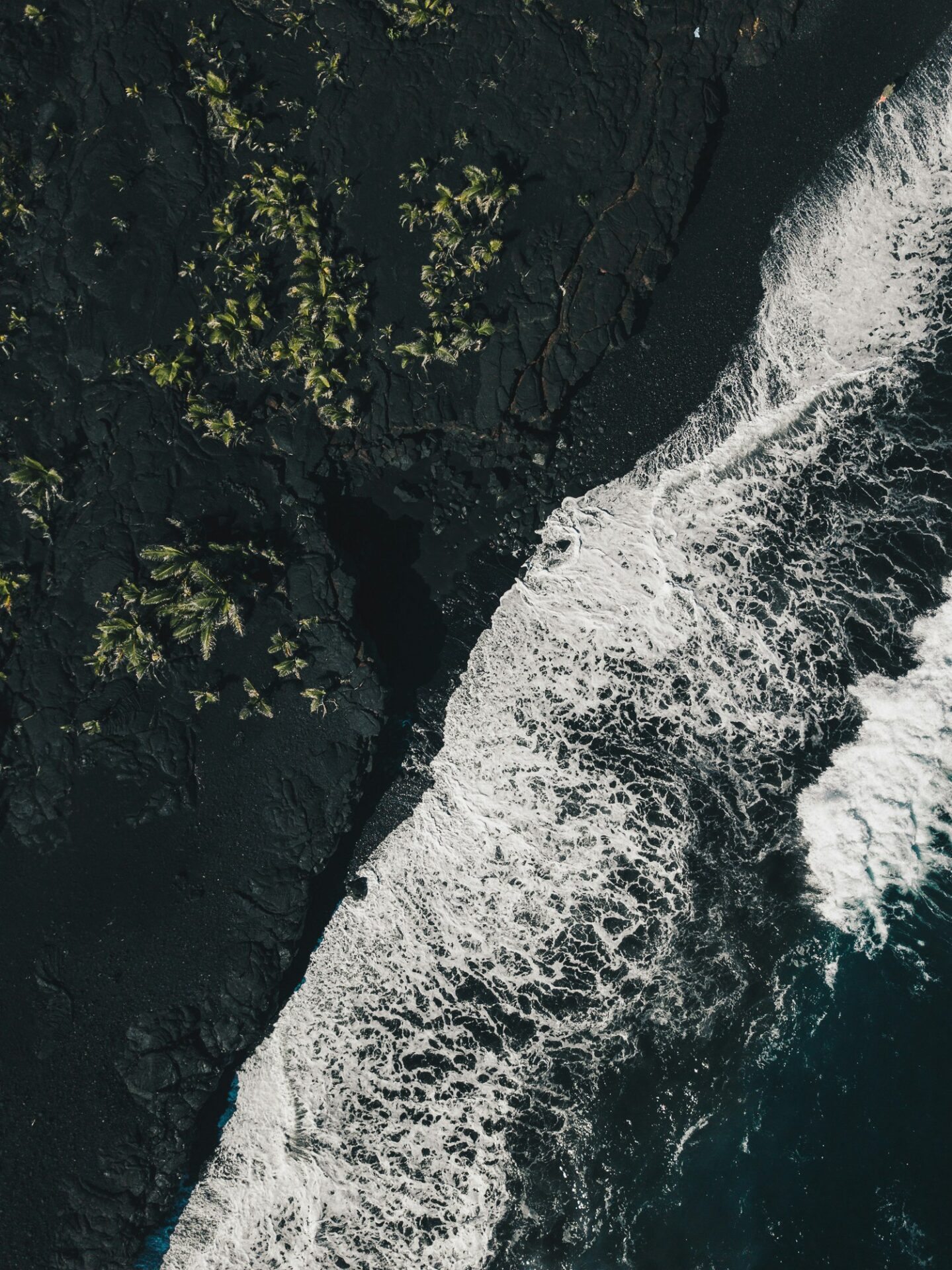The Big Island of Hawaii captured my heart from the moment I stepped foot on its diverse landscape. This island paradise offers an unmatched combination of natural wonders.
Hawaii’s Big Island provides visitors with the rare opportunity to explore volcanic landscapes at Hawaii Volcanoes National Park, relax on unique black sand beaches, and experience world-class stargazing all in one destination.

I’ll never forget walking through the Thurston Lava Tube or watching the glow of Kilauea at twilight – experiences that connect you to the raw power of nature. The island’s volcanic activity has shaped not just the land but the culture and spirit of this special place.
During my visits, I’ve found that joining a guided twilight volcano tour followed by stargazing offers the perfect combination of daytime exploration and nighttime wonder.
The Volcanic Majesty of Hawaii’s Big Island
The Big Island’s dramatic landscape is shaped by volcanic forces that continue to transform the island today. These fiery giants have created some of the most breathtaking scenery in Hawaii, from steaming craters to massive mountain peaks.
Hawaii Volcanoes National Park
I spent two full days exploring Hawaii Volcanoes National Park, and it still wasn’t enough. This UNESCO World Heritage site is home to Kilauea, one of the most active volcanoes on Earth. The park offers an incredible glimpse into the raw power of nature.
Walking along the Crater Rim Trail, I saw steam vents releasing ghostly plumes into the air. The sulfur smell is distinctive – a reminder of the living geology beneath your feet.
The Chain of Craters Road winds dramatically down to the sea, passing through different lava landscapes. Some areas look like they solidified just yesterday, while others host pioneering plants reclaiming the black rock.
Don’t miss the Thurston Lava Tube, a natural tunnel formed by flowing lava. It’s an easy walk and feels like stepping into another world entirely.
Mauna Kea’s Dormant Summit
Rising 13,803 feet above sea level, Mauna Kea is technically the tallest mountain on Earth when measured from its base on the ocean floor. Though dormant, this massive volcano creates its own climate zones.
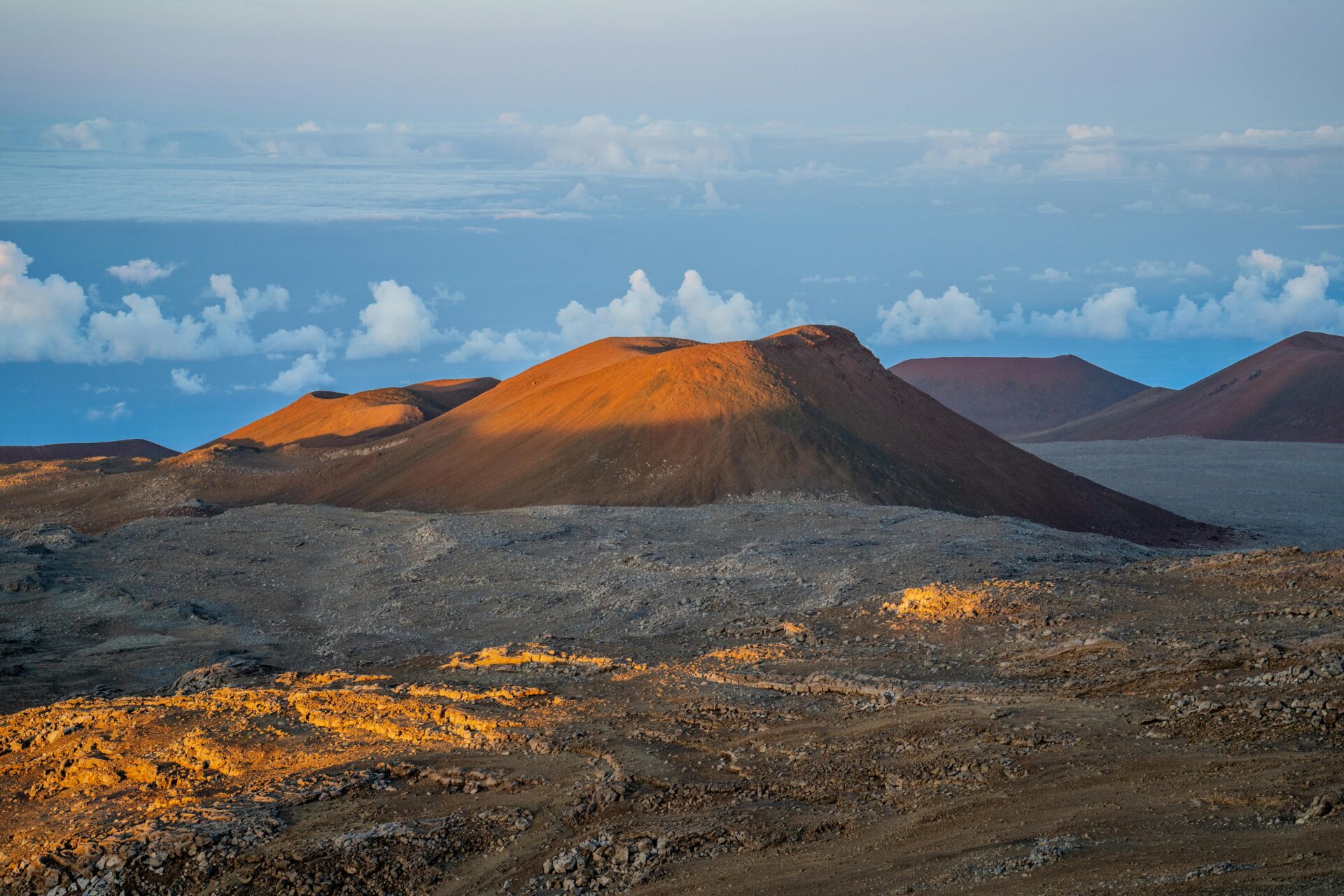
I joined a sunset tour that took us up the winding road to the summit. The landscape transforms dramatically as you ascend – from tropical forests to alpine terrain that looks more like Mars than Hawaii.
At the summit, the temperature dropped dramatically. I was glad I brought warm layers! The view above the clouds is absolutely breathtaking, with neighboring Mauna Loa visible in the distance.
The real magic happens after dark when the stars emerge. Mauna Kea hosts international observatories for good reason – the stargazing is world-class. I’ve never seen the Milky Way so clearly.
Visiting an Active Volcano
Witnessing an active volcano is a bucket-list experience that the Big Island delivers. Kilauea’s activity changes frequently, so I checked current conditions before planning my visit.
During active periods, the glow of lava is visible at night – a surreal orange light illuminating the clouds. I recommend bringing binoculars for better viewing from safe observation points.
The best views sometimes require timing and patience. I arrived at sunset and stayed into early evening when the contrast between darkness and molten lava is most dramatic.
If you’re lucky enough to see flowing lava, maintain a respectful distance. The heat can be felt from surprisingly far away, and toxic gases can shift with the wind. Always follow ranger guidance and posted warnings.
Several tour companies offer guided volcano experiences. I found these worth the cost for their knowledge of current viewing spots and safety considerations.
Sun, Sand, and Surf: Beaches of the Big Island
The Big Island boasts some of Hawaii’s most diverse beaches, from striking black sand shores to perfect snorkeling spots. What makes these beaches truly special is the unique volcanic landscape that created them and the incredible marine life that calls these waters home.
Unique Black Sand Beaches
I’ve visited many beaches across Hawaii, but nothing compares to the Big Island’s black sand beaches. Punaluʻu Black Sand Beach is simply stunning—the dark volcanic sand creates a dramatic contrast against the blue ocean. The beach was formed when hot lava flowed into the ocean and exploded into tiny fragments.
What I love most about Punaluʻu is spotting the Hawaiian
Stargazing Adventures Above the Clouds
The Big Island offers some of the world’s most spectacular stargazing experiences, where the velvety dark skies reveal celestial wonders that most people never get to see in their lifetime.
Mauna Kea Observatories
I’ve never seen stars quite like those visible from Mauna Kea. Standing at nearly 14,000 feet above sea level, this dormant volcano hosts some of the world’s most important astronomical research facilities.
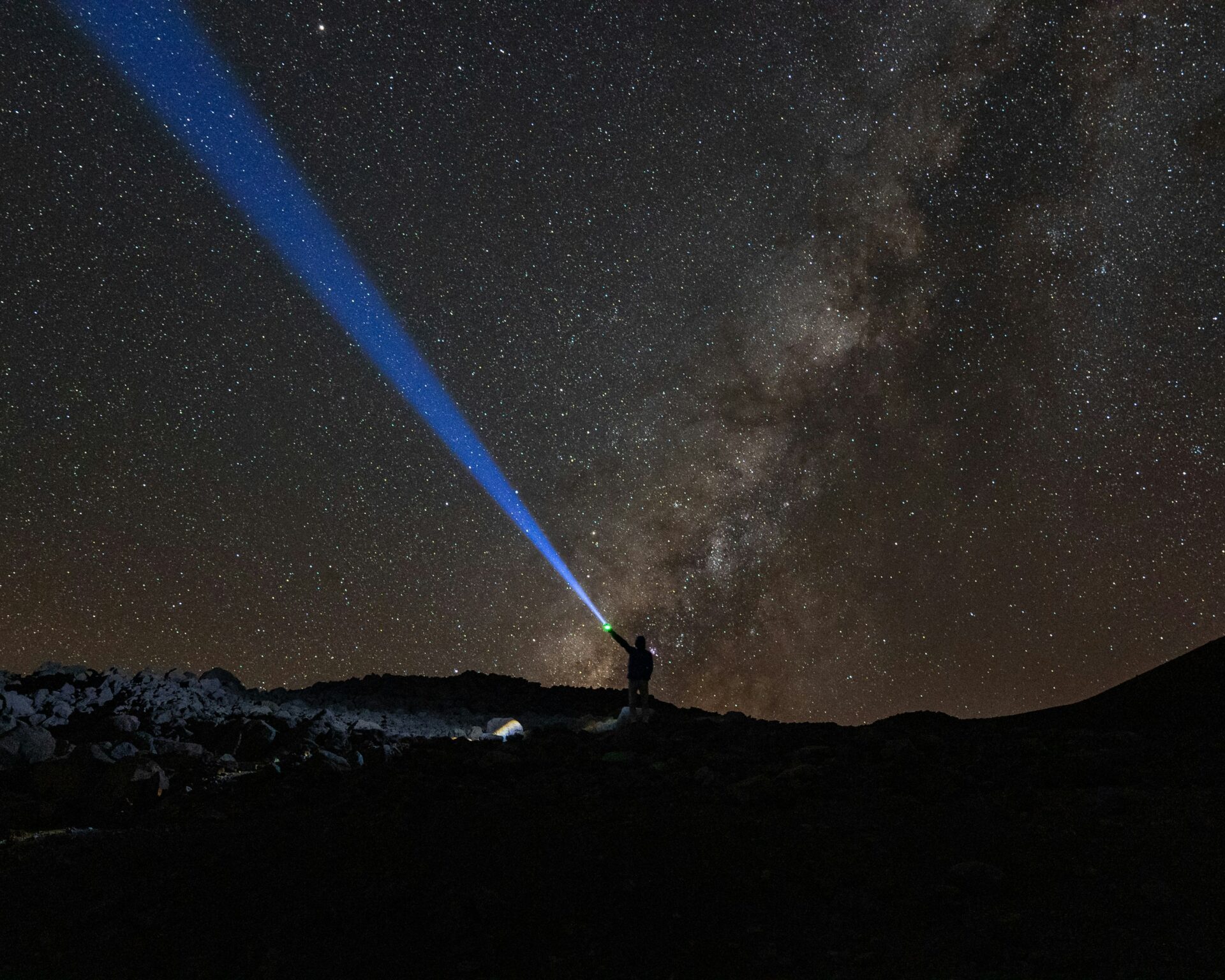
The summit area contains 13 observatories operated by 11 countries. These massive telescopes take advantage of the mountain’s high elevation, minimal light pollution, and clear air quality.
Most visitors can’t access the observatories themselves, but organized tours take you to approved viewing areas. I recommend booking a guided stargazing tour that includes transportation, warm clothes (it gets surprisingly cold!), and knowledgeable guides who explain what you’re seeing.
The Visitor Information Station at 9,200 feet offers free stargazing programs most evenings. It’s a great alternative if you’re concerned about altitude sickness or don’t want to make the full journey to the summit.
Best Spots for Night Skies
While Mauna Kea gets most of the attention, I’ve discovered several other amazing stargazing locations across the island.
Mauna Loa, the island’s other massive volcano, offers exceptional viewing with fewer crowds. The slopes provide perfect conditions as you’re positioned above the cloud line with minimal light interference.

For a more accessible experience, the black sand beaches along the island’s southern coast offer stunning night sky views. Punalu’u Beach pairs cosmic viewing with the sound of gentle waves.
Several tour companies offer specialized stargazing packages that include:
- Hotel pickup and drop-off
- Sunset viewing before the stars emerge
- Professional telescopes and viewing equipment
- Hot beverages to stay warm
I always recommend bringing layers regardless of where you stargaze. Temperatures drop significantly after sunset, even in tropical Hawaii.
Island Access: Getting There and Around
Arriving at the Big Island and exploring its diverse landscapes requires some planning. The island offers multiple entry points by air and various transportation options to help you navigate its 4,028 square miles of volcanic terrain, lush rainforests, and beautiful beaches.
Flying into the Big Island
I always recommend checking flights to both airports on the island before booking. Kona International Airport (KOA) on the western side receives most mainland flights and sits conveniently near the popular resort areas. Hilo International Airport (ITO) on the eastern side typically offers fewer direct mainland connections but provides easier access to Hawaii Volcanoes National Park.
Flight prices vary seasonally, with winter months (December-February) being the most expensive. I’ve found better deals in May and September during shoulder seasons.
Direct flights are available from major West Coast cities like Los Angeles, San Francisco, and Seattle. If you’re coming from elsewhere, you’ll likely connect through Honolulu on Oahu.
Transportation Options
Renting a car is almost essential for exploring the Big Island. Public transportation exists but is limited and time-consuming. I recommend reserving your vehicle well in advance, especially during peak seasons, as prices can double when inventory runs low.
The island’s main road (Hawaii Belt Road) circles the perimeter, but driving from Kona to Hilo takes about 2 hours. Four-wheel drive vehicles are worth considering if you plan to visit:
- Mauna Kea summit
- Waipio Valley (when accessible)
- Some remote beaches

Rideshare services like Uber and Lyft operate primarily in Kona and Hilo. The Hele-On Bus system covers major towns but runs infrequently and doesn’t reach many tourist destinations.
Tour companies offer day trips to popular attractions if you prefer not to drive. I’ve found these especially useful for Mauna Kea stargazing tours where the high-altitude driving can be challenging.
Beyond the Beaches: Exploring Kailua-Kona
When I first arrived in Kailua-Kona, I expected to spend most of my time lounging on beaches. What I discovered was so much more exciting.
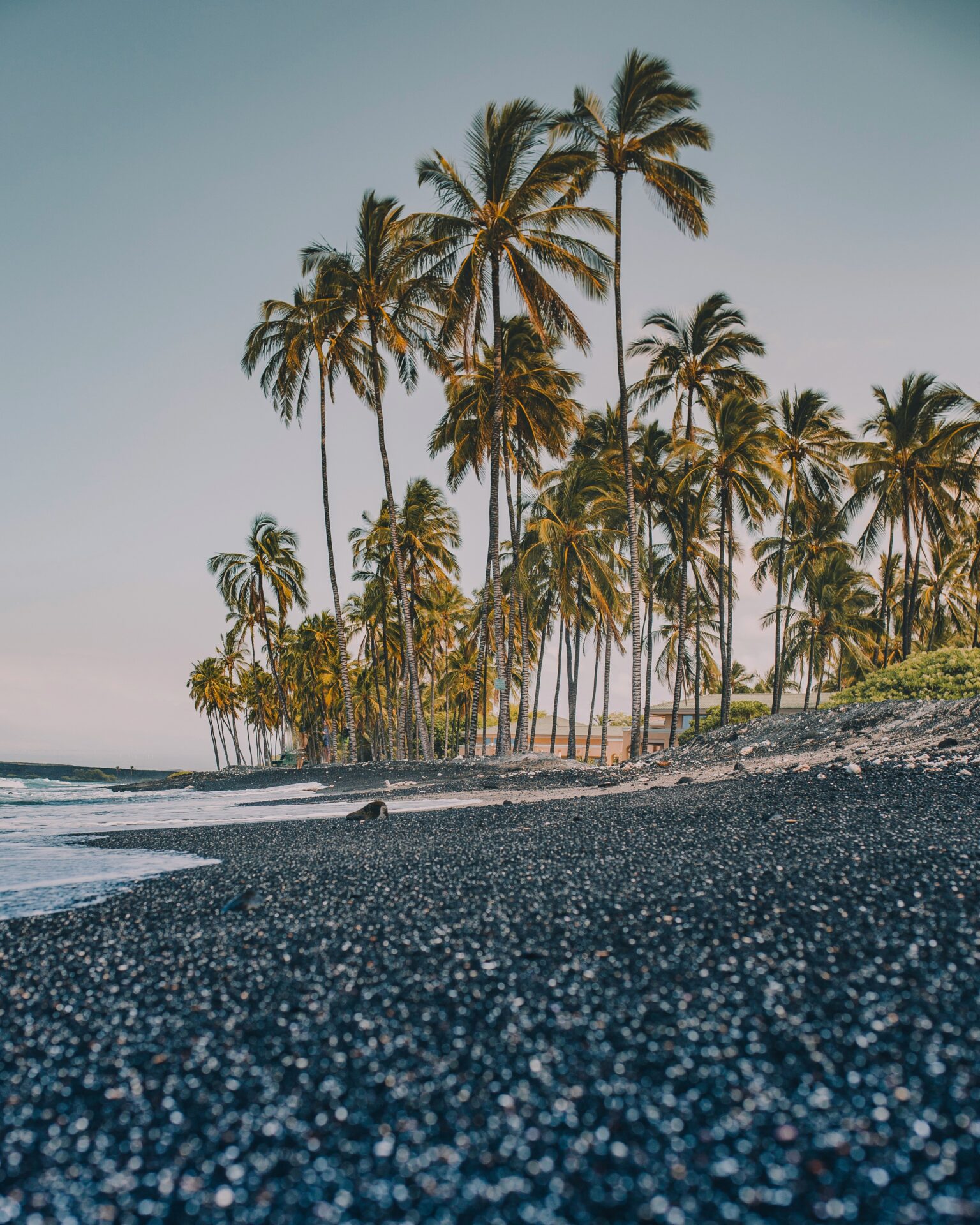
Kailua-Kona serves as the perfect base for exploring the Big Island’s diverse attractions. From this charming coastal town, I was able to join several day trips that showcased Hawaii’s natural wonders.
The most memorable experience was the Twilight Volcano and Stargazing Tour. We started in the afternoon and traveled around the island to witness the spectacular glow of active volcanoes as darkness fell.
Popular Day Trips from Kailua-Kona:
- Volcano sightseeing tours (afternoon to evening)
- Snorkeling adventures to spot colorful marine life
- Whale watching (seasonal) and dolphin boat tours
- Circle island tours for comprehensive exploration
What makes Kailua-Kona special is its proximity to different ecosystems. In just one day, I traveled from sunny beaches to towering volcanoes and lush forests.
For nature enthusiasts, I highly recommend booking wildlife experiences. The Big Island offers some of the best snorkeling in Hawaii. The boat tours departing from Kona harbor provide unforgettable encounters with marine creatures.
The stargazing portion of the volcano tour was breathtaking. Away from city lights, the Hawaiian night sky revealed countless stars in stunning clarity.
When planning your Kailua-Kona adventure, reserve at least 2-3 days for these excursions. The natural diversity of the Big Island deserves more than just a quick visit.

